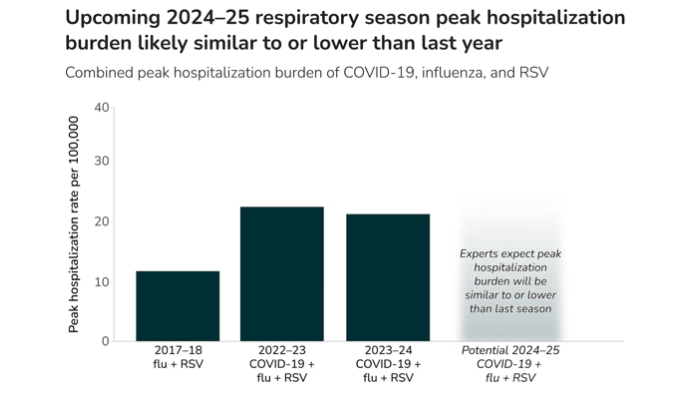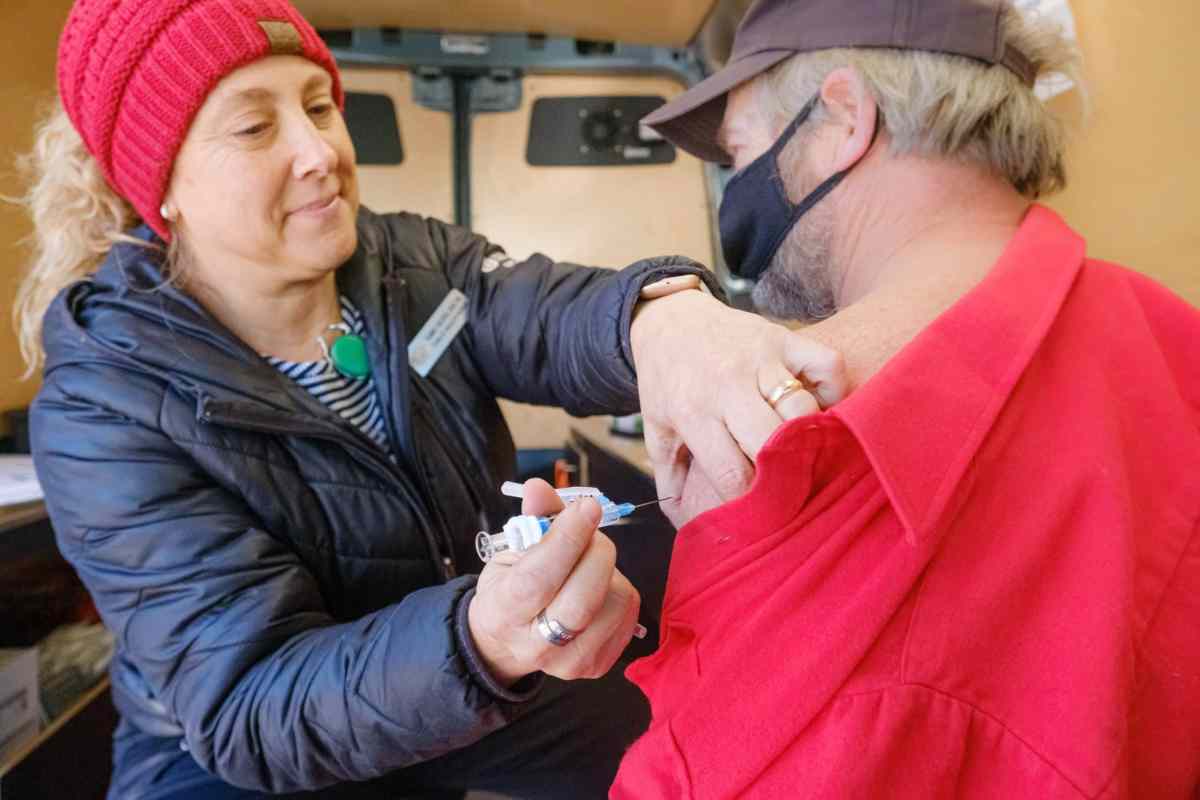Summit County is weathering the summer wave of coronavirus with case numbers at their lowest since the pandemic began four years ago.
Cumulative data from the Summit County Health Department respiratory disease dashboard shows there were 626 coronavirus cases as of Aug. 3 compared to 692 in 2019-2020, 4,589 in 2020-2021, 8,567 in 2021-2022 and 910 in 2022-2023.
The total case counts per week are declining compared to each year, though there has been an overall increase throughout the year.
Nancy Porter, an epidemiologist with the Health Department, said the upward trend matches the overall seasonality of the virus — which has been harder to track than influenza or respiratory syncytial virus.
“There was a summer wave of COVID,” she said during an Aug. 5 Board of Health meeting. “We haven’t been seeing a lot of severe disease here, but we have been seeing increased numbers of COVID. I’ve noticed that our COVID testing tests have been going a bit quicker the past month.”
Porter acknowledged case counts are no longer the most accurate way to track COVID because testing throughout the state isn’t as accessible as it once was. So health officials rely on other data such as the virus’ presence in wastewater and hospitalizations.
Wastewater surveillance data detected the Silver Creek and East Canyon watersheds were in elevated states, while Coalville had been reduced to a low category. The figures were comparable to other sites throughout Utah. About 70% were in a high or elevated state and 20% were in a watch category as of early August, according to Porter.
Summit County hasn’t experienced many hospitalizations with just two residents being admitted for COVID in the past 90 days. The state saw an uptick at the start of the summer, but it’s since mellowed out.
While the current case counts don’t forecast what will happen later this year, Porter said health officials use data from the Southern Hemisphere to predict what Americans can expect for the 2024-2025 season.
It was still a bit too early to tell at the time Porter gave her report to the Board of Health, but the Centers for Disease Control and Prevention has since released its outlook: Flu, COVID and RSV cases are expected to be similar or less severe this fall than last year.

The respiratory disease season is expected to kick off in September with a peak expected in January or February. County health officials plan to emphasize vaccination efforts in October to ensure residents are well covered by the shot.
There will be three drive-through clinics throughout Summit County. One will be hosted in Kamas on Oct. 1, with events the following days in Coalville and Park City. All three Health Department locations will also be stocked with vaccines and booster shots, and staff plans to visit vulnerable populations such as seniors to ensure they’re covered.
Porter noted the impact of vaccines on the community’s health. Last year was one of the first years an RSV vaccine was offered to residents in certain age groups, and it made a significant difference in reducing the total number of cases.
Summit County experienced one of its worst RSV seasons in 2022-2023 with 195 cases that January. Earlier this year, it was reduced to 68 cases.
“COVID shook things up for a bit, but I think we’re starting to transition back [to typical seasonality],” she said.
Porter also discussed the Community Health Assessment, a strategic plan to guide how resources should be allocated to best meet community needs. She’s set a goal to hit 1,000 surveys by November. The Health Department received 392 as of early August.
Visit summitcountyhealth.org for more information.

